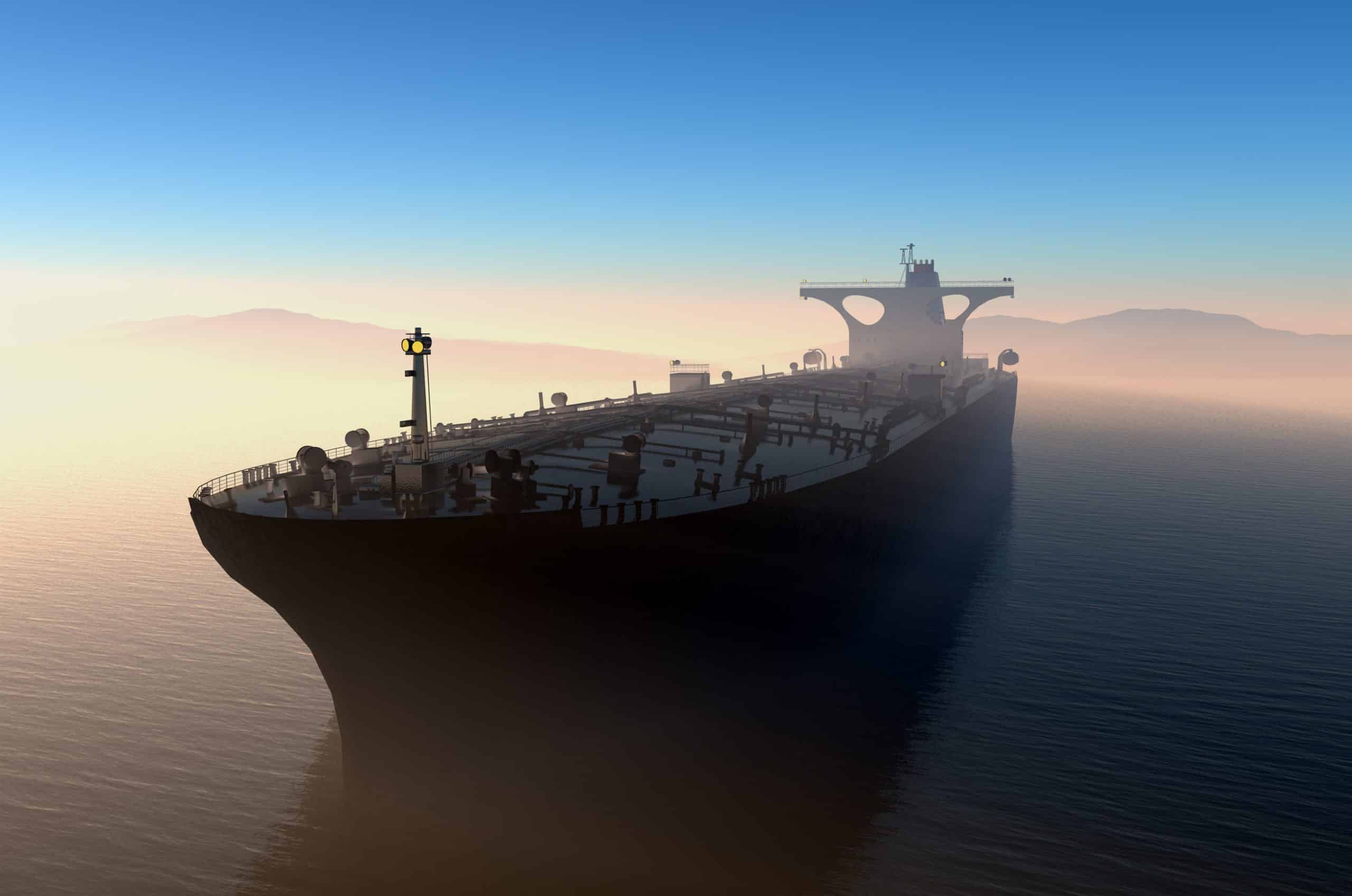
Marine Power Distribution: The Role of Copper Bus Bar in Marine Vessels
Whether used for power generation, transportation, or logistics, marine bus bar plays a powerful role in ship power distribution.
Since most equipment, machines and systems used on ships operate electrically, the demand for superior marine power distribution remains a continual focus.
The type of marine bus bar needed is dependent on the type of vessel, required machinery and its electrical propulsion. Since the main switchboard is the primary power distribution system and center of the ship, the main bus bars are located in the lowest portion of this switchboard to ensure protective insulation and support.
Marine bus bar within the main switchboard serves multiple auxiliaries, such as voltmeters, watt meters, ammeters, etc.
Copper bus bar is most commonly used in marine power distribution due to:
- Hardness
- Lasting and Reliable Quality
- Cost-Effectiveness
- Resistance to Mechanical Damage and Corrosion
- High Mechanical Strength in Compression, Shear and Tension
- Good Conductivity with Terminals and Other Typically Copper Components
In marine applications, the primary disadvantage of copper bus bar over aluminum bus bar is density and weight. However, copper is still the preferred choice for marine applications.
EMS Industrial holds several quality certifications, including ISO 9001:2015. Plus, we only partner with US copper and aluminum suppliers. Customers choose EMS Industrial every time because they trust the quality.
If you’re looking for a reliable and competitive custom bus bar manufacturer, turn to EMS Industrial. We’ve been the trusted bus bar manufacturer and supplier for 50+ years. We pride ourselves on providing the highest quality bus bar — delivered on-time and competitively priced!
Related Article: Marine Busbar Maintenance